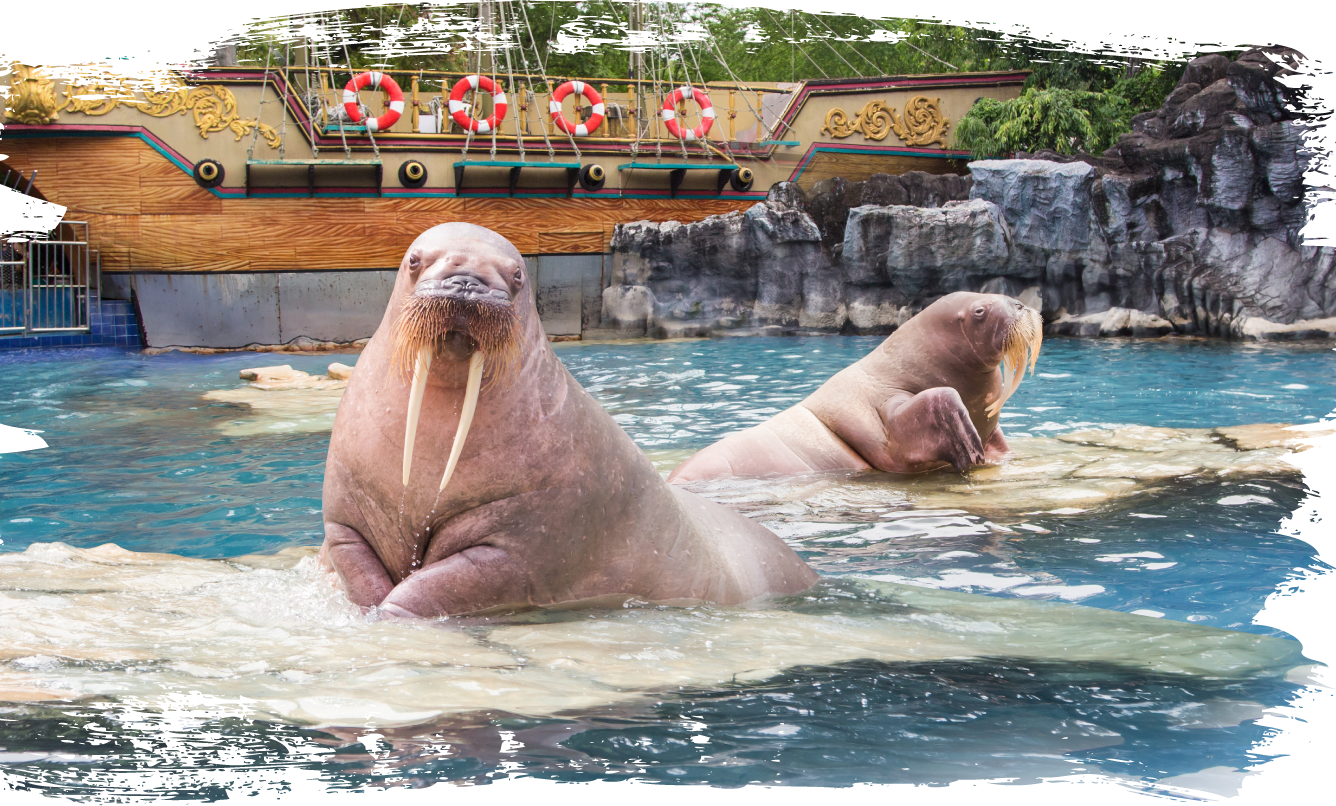
Walruses are semiaquatic marine mammals and are among the largest pinnipeds in the world. They are fin-footed and have two distinct long tusks. The whiskers, known as mustacial vibrissae, are extremely sensitive and are used as detection device. Walruses’ large blubbery bodies help them survive in extreme climate of the Arctic region. They are social creatures but tend to become more aggressive during mating season. Their diets in the wild mainly consist of shellfish, mollusks, crustacean and fish.
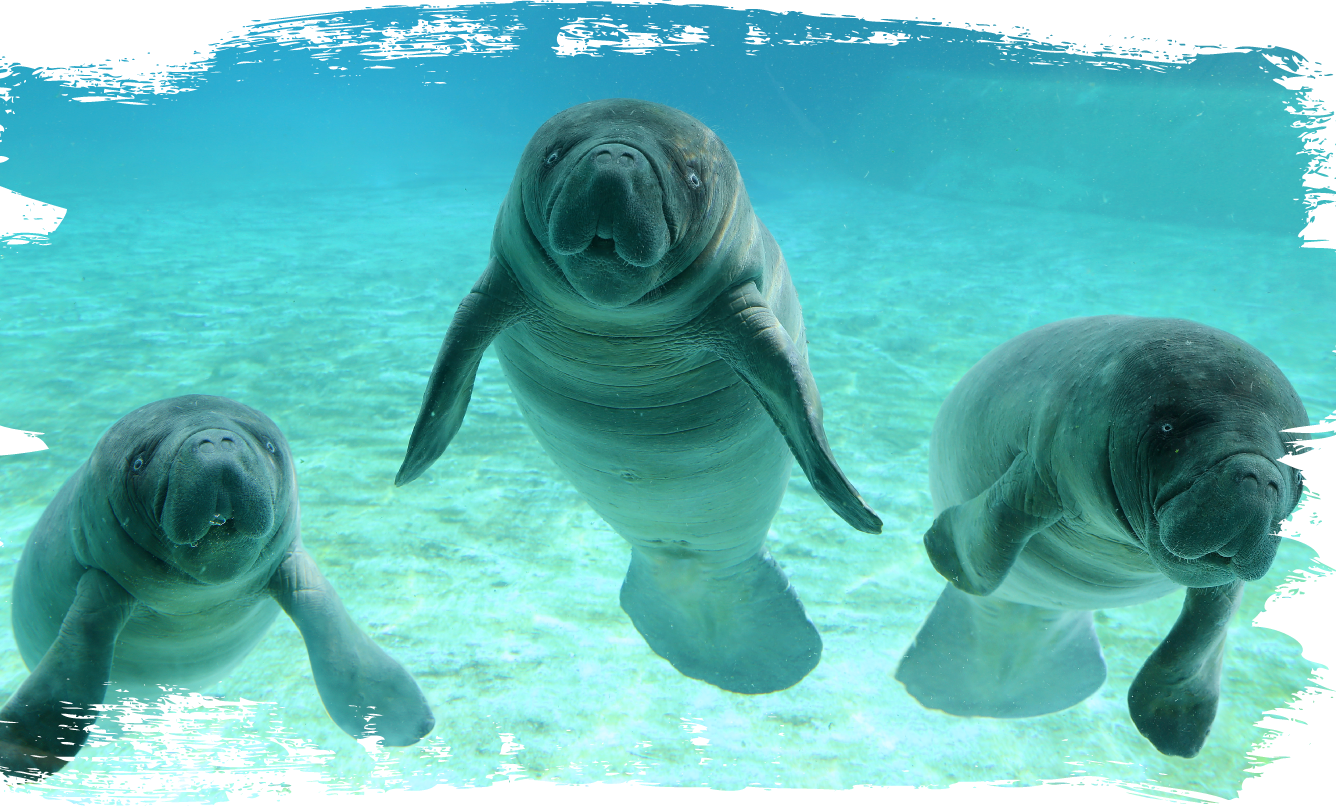
Manatees are large aquatic mammals that feed mainly on aquatic vegetation. The West African Manatee, one of the three species of Manatee, categorized in the genus of Trichechus and order of Sirenia (same order as Dugong). They have a large cigar-shaped body and a paddle-liked tail. The entire body can weigh up to 500kg. The West African Manatee live in small groups and often inhabit along the coastal areas of the rivers. They are typically slow-moving animal but can travel at the speed of about 32km/hr when scared by predators in the wild.
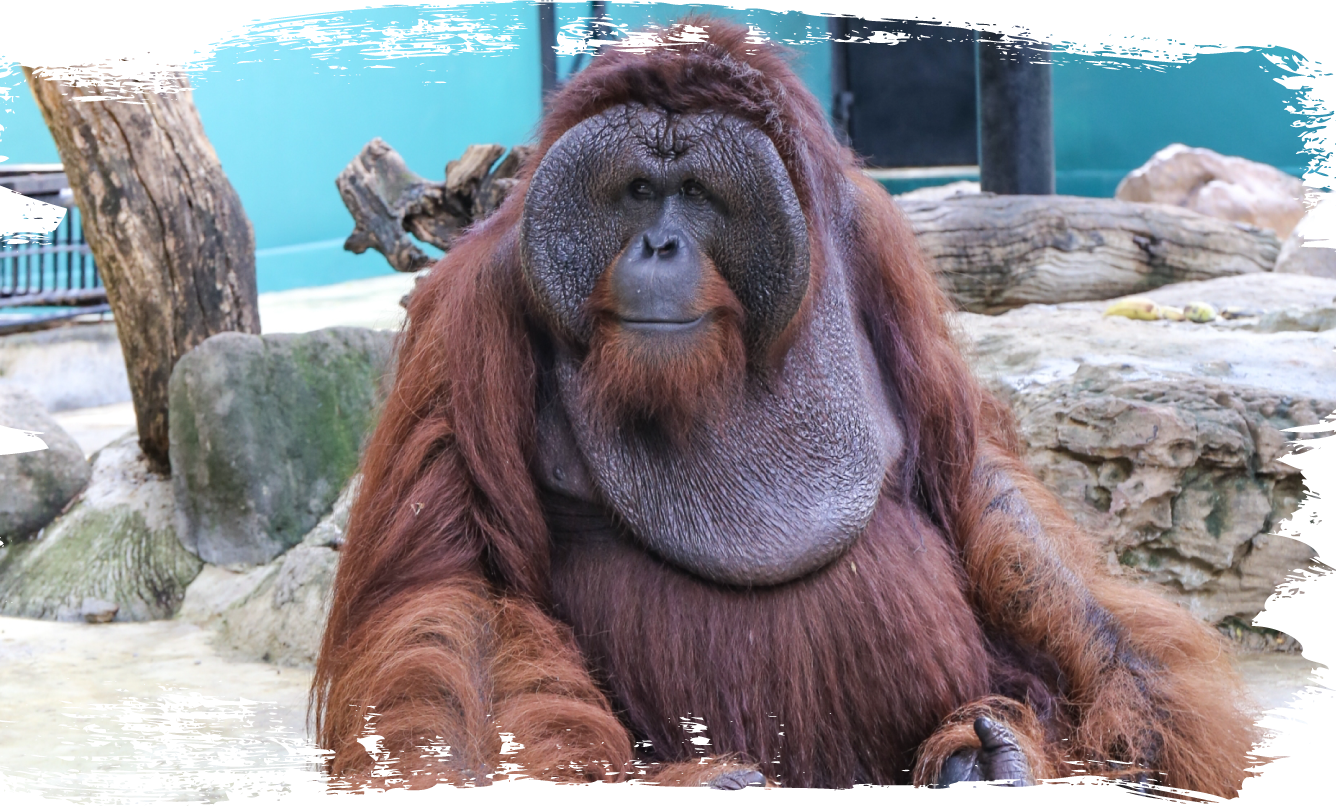
Orangutans are the only great ape found outside of Africa. They are considered the largest arboreal mammal in the world. Unlike Sumatran orangutan, Bornean orangutans have broader face and shorter beard, their body are slightly darker in colour. They have long, strong arms allowing them to swing from tree to tree in the rainforests of Borneo with ease. Bornean orangutans live in solitude for most of their lives, except for the period when mother orangutans care for their offspring(s). Their diets consist mainly of leaves, bark, fruits, flowers and insects.
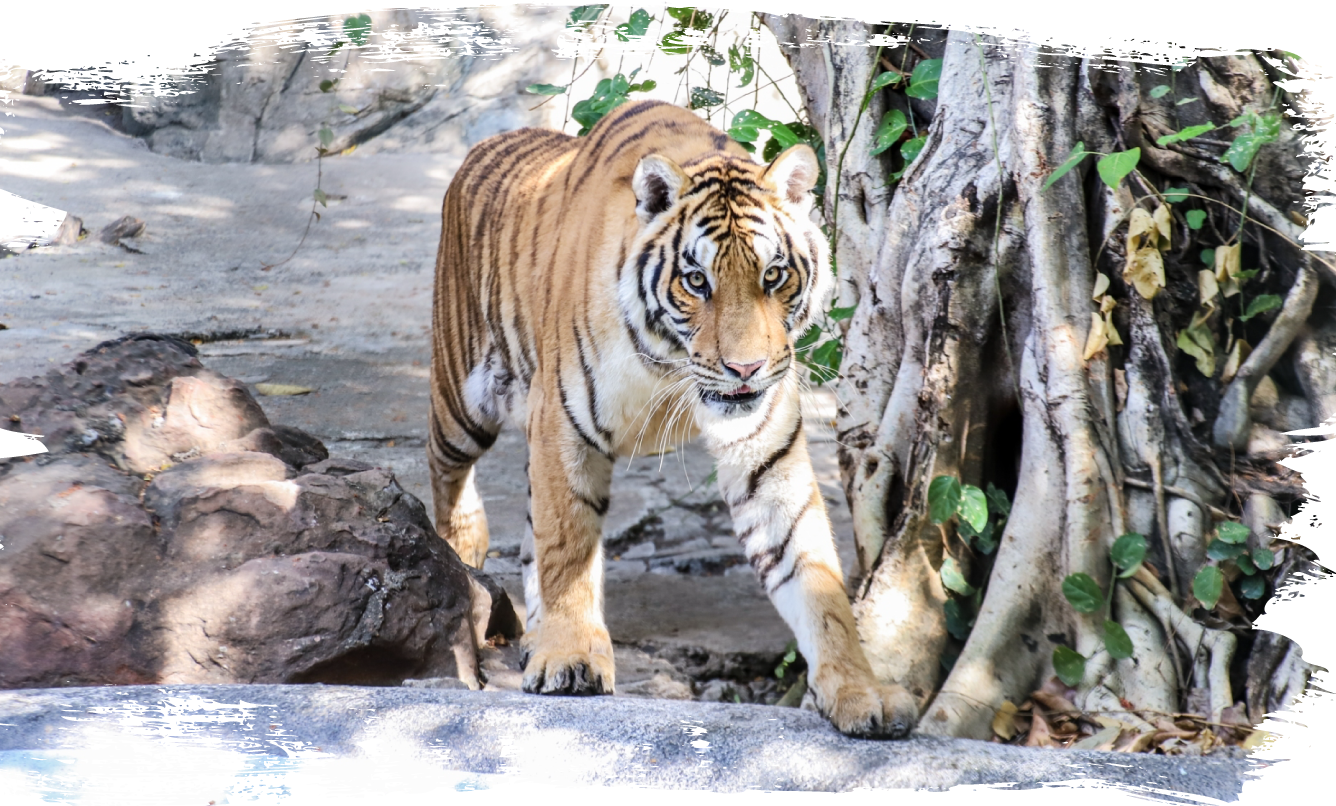
Siberian tigers are the largest cat in the world. They have thick layer of fat, yellowish or reddish skin, covered with dense fur. They use their physical attributes to help withstand cold climate in Russia/China. Siberian tigers are solitary and territorial creatures. Their striped fur allow them to camouflage with the surrounding when attempting to hunt for their preys. Wild Siberian Tigers’ diets usually consist of moose, deer, hares or rabbits.
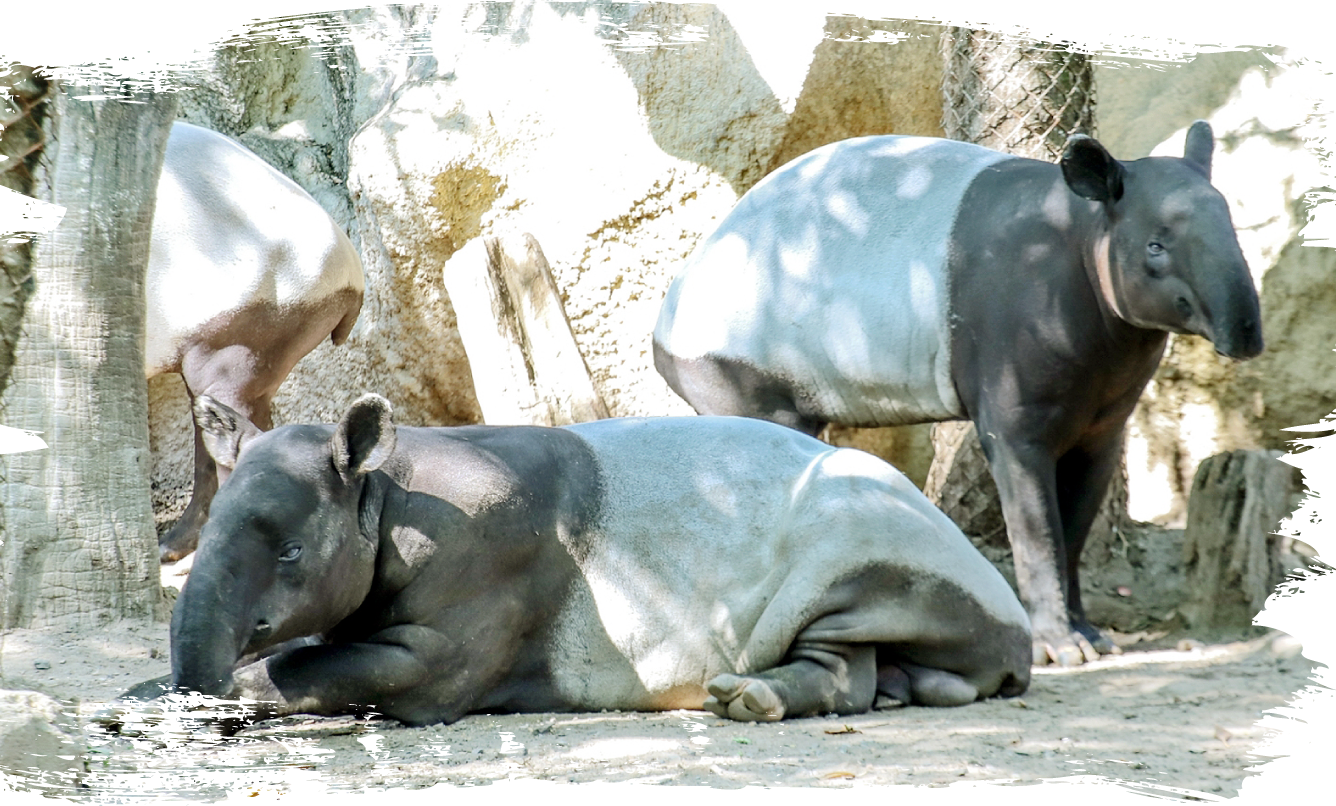
Malayan Tapirs, also known as Asian Tapirs, are the largest of the five living species of Tapirs. They are the only surviving old world species and are one of the animals that is listed in the wildlife conservation status of Thailand. They have a large proboscis with a distinctive black and white colouration. Malayan Tapirs are solitary and found in the rainforests of South East Asia. They have very poor eyesight but possess excellent senses of hearing and smelling which are extremely helpful since they are active in the night. Malayan Tapirs are fast and agile swimmers and tend to use their distinct proboscis as a snorkeling device. They feed on leaves, buds, bark, grasses, aquatic plants and fruits.
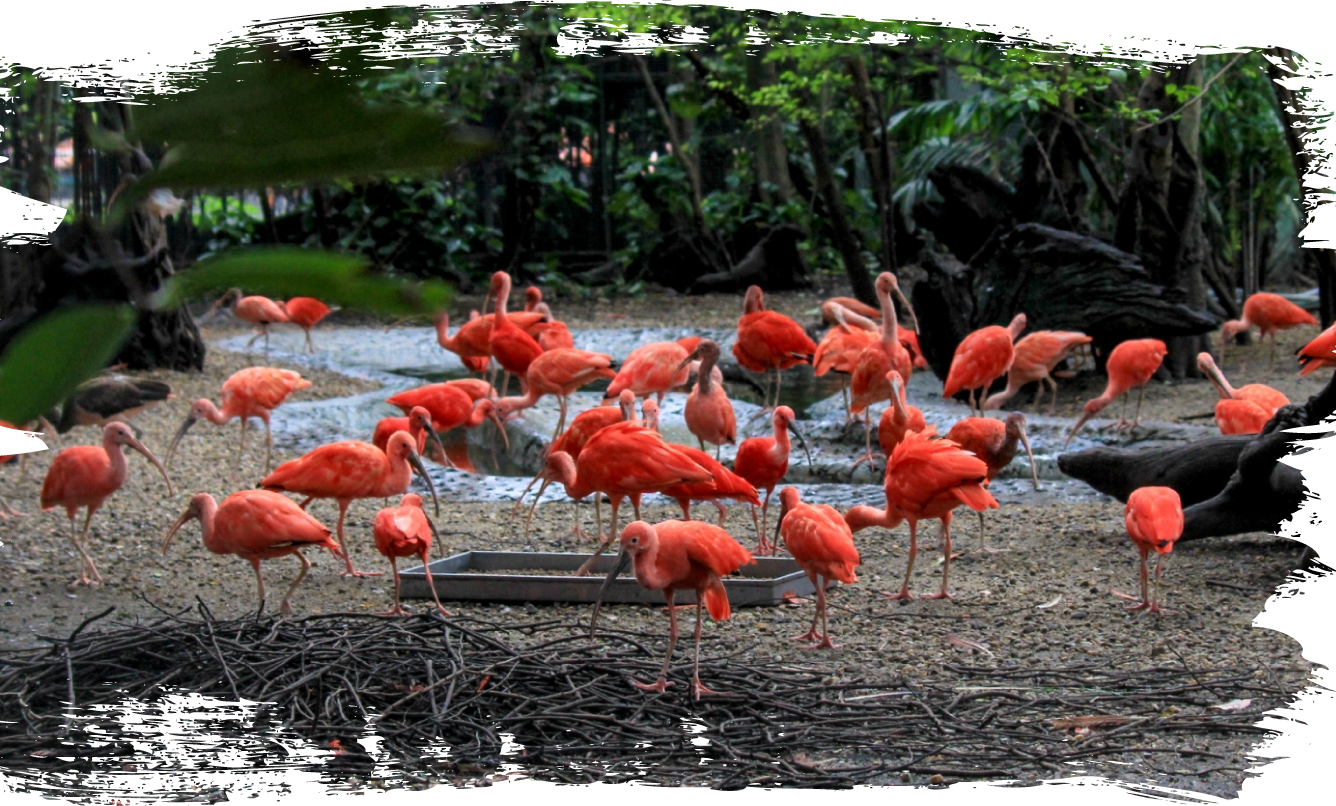
Scarlet Ibis, the national bird of Trinidad and Tobago, have brilliant solid scarlet colouration except for the black tip on their wings. As their diets mainly consist of crustaceans, Scarlet Ibises use their curve and slender bills to forage in the wild. The consumption of carotenoid proteins found in crustaceans maintain the vibrant scarlet feathers of Scarlet ibis. They are highly sociable animal, hence, always like to gather to do activities in large flocks.
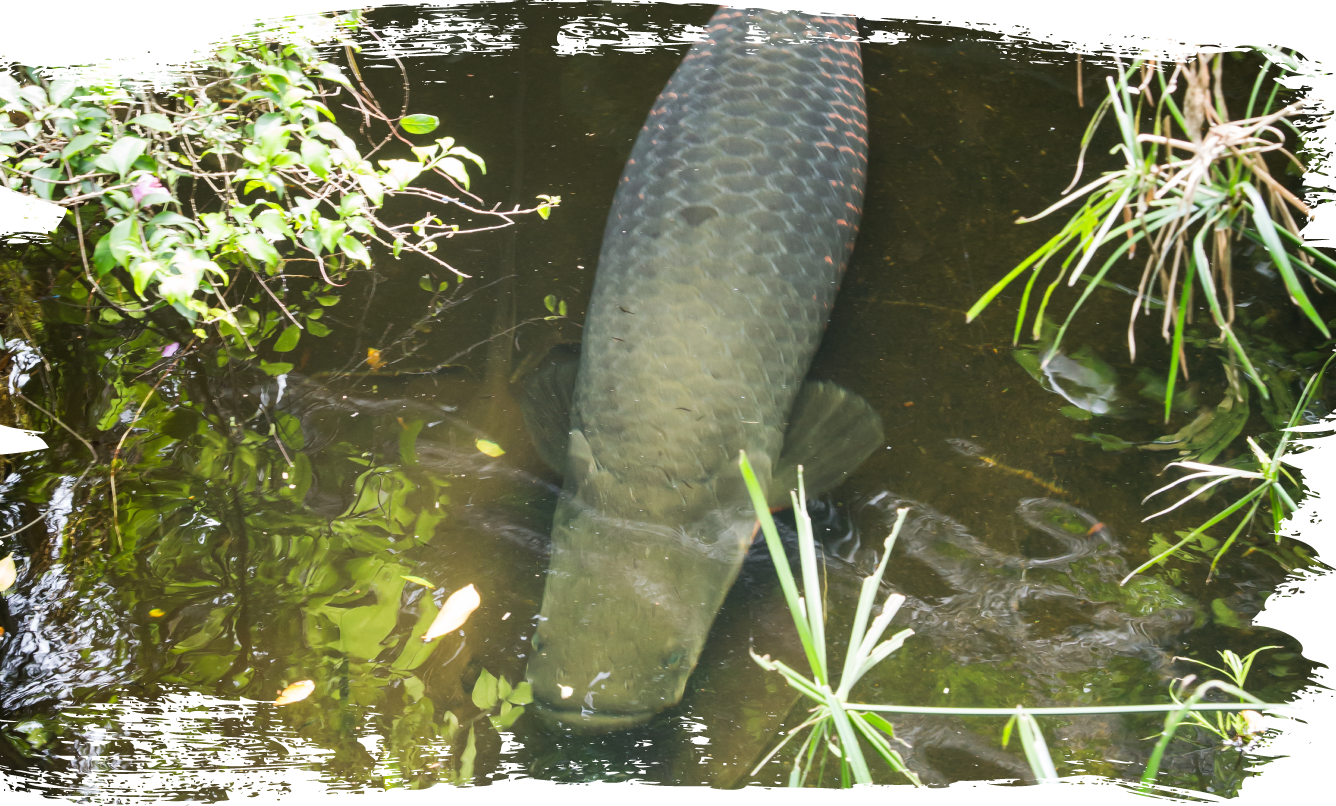
Arapaima gigas, also known as pirarucu, is a species of arapaima native to the basin of the Amazon River. Once believed to be the sole species in the genus, it is among the largest freshwater fish. The species is an obligate air-breather and needs to come to the surface regularly to gulp air.
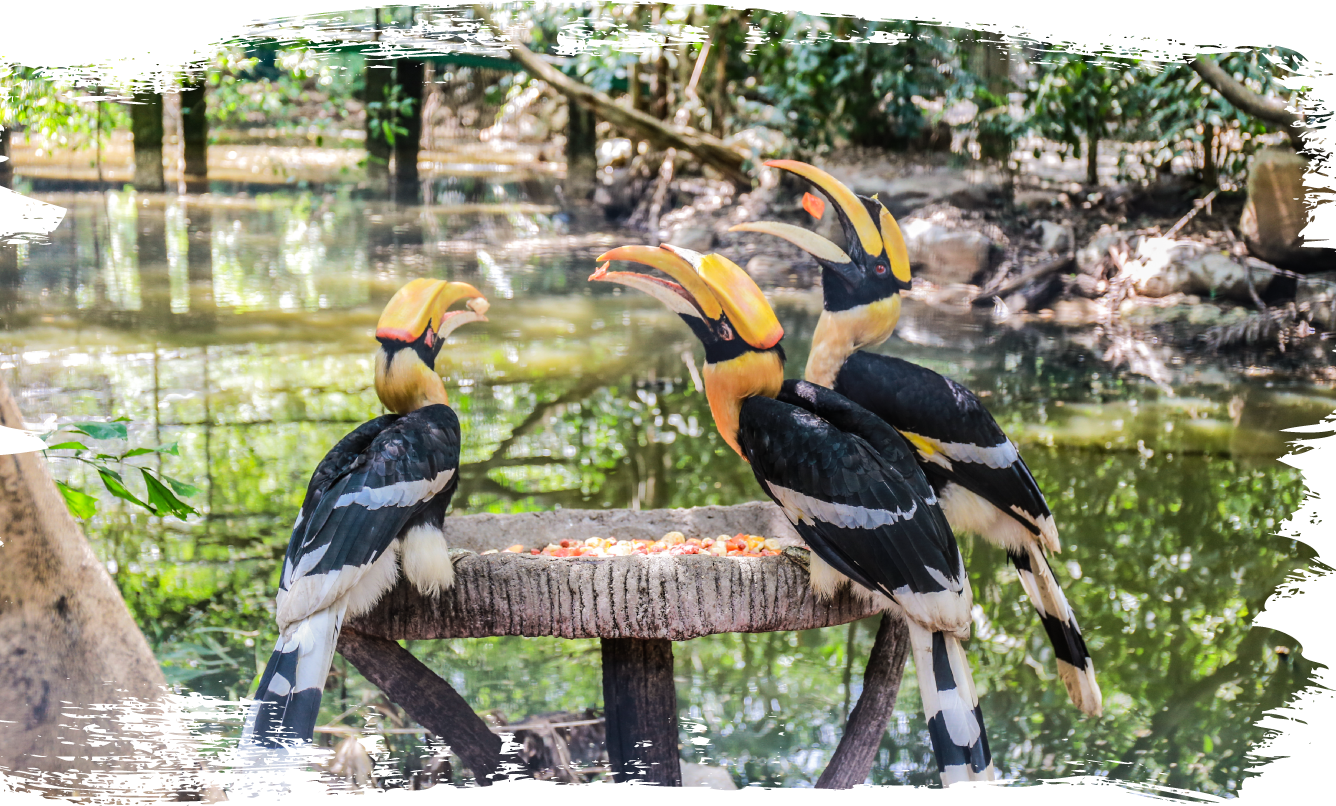
Great hornbills have a unique bright yellow and black casque on the top of its beak. They have dark brown and white feather. Males can be easily distinguished by their red irises, instead of the usual white irises found in females. Great hornbills are typically found in the forest of Southeast Asia and India. Their unique breeding method requires them to first build a nest in the hole of a tree by sealing up the opening with feces and food. Male then feed their mate through a small slit as the female incubate the eggs for months. Great hornbills feed on fruits, eggs and small mammals.
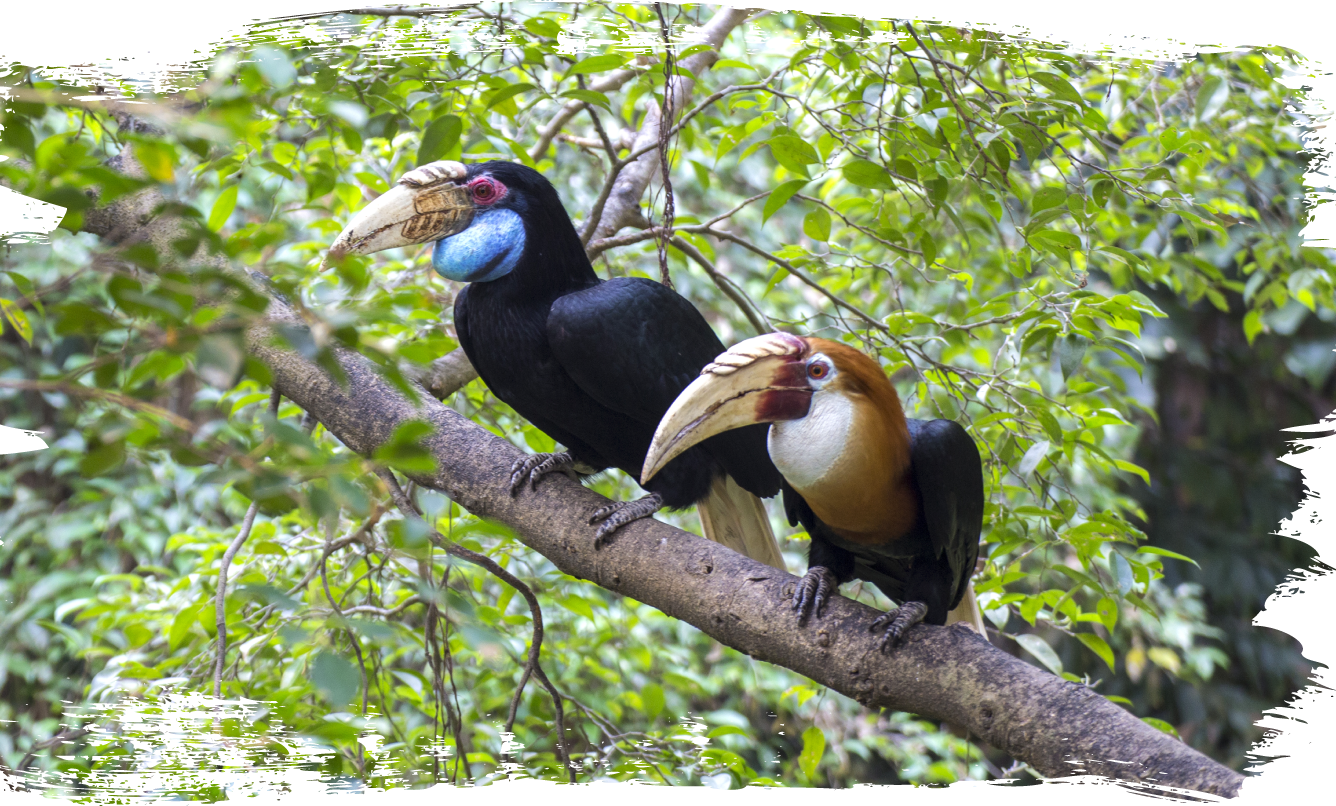
Wreathed hornbill can be easily recognized by the dark bar on the lower throat. Males have a cream coloured head with a reddish plume from the nape and a naked yellow gular pouch with a distinct black stripe. Females are distinguished by their black coloured head and neck with a blue gular pouch. Wreathed hornbill are found in the forest of Southeast Asia. Similar to the Great hornbill, their unique breeding method requires them to first build a nest in the hole of a tree by sealing up the opening with feces and food. Male then feed their mate through a small slit as the female incubate the eggs for months. Wreathed hornbill feed on fruits, eggs and small mammals.
